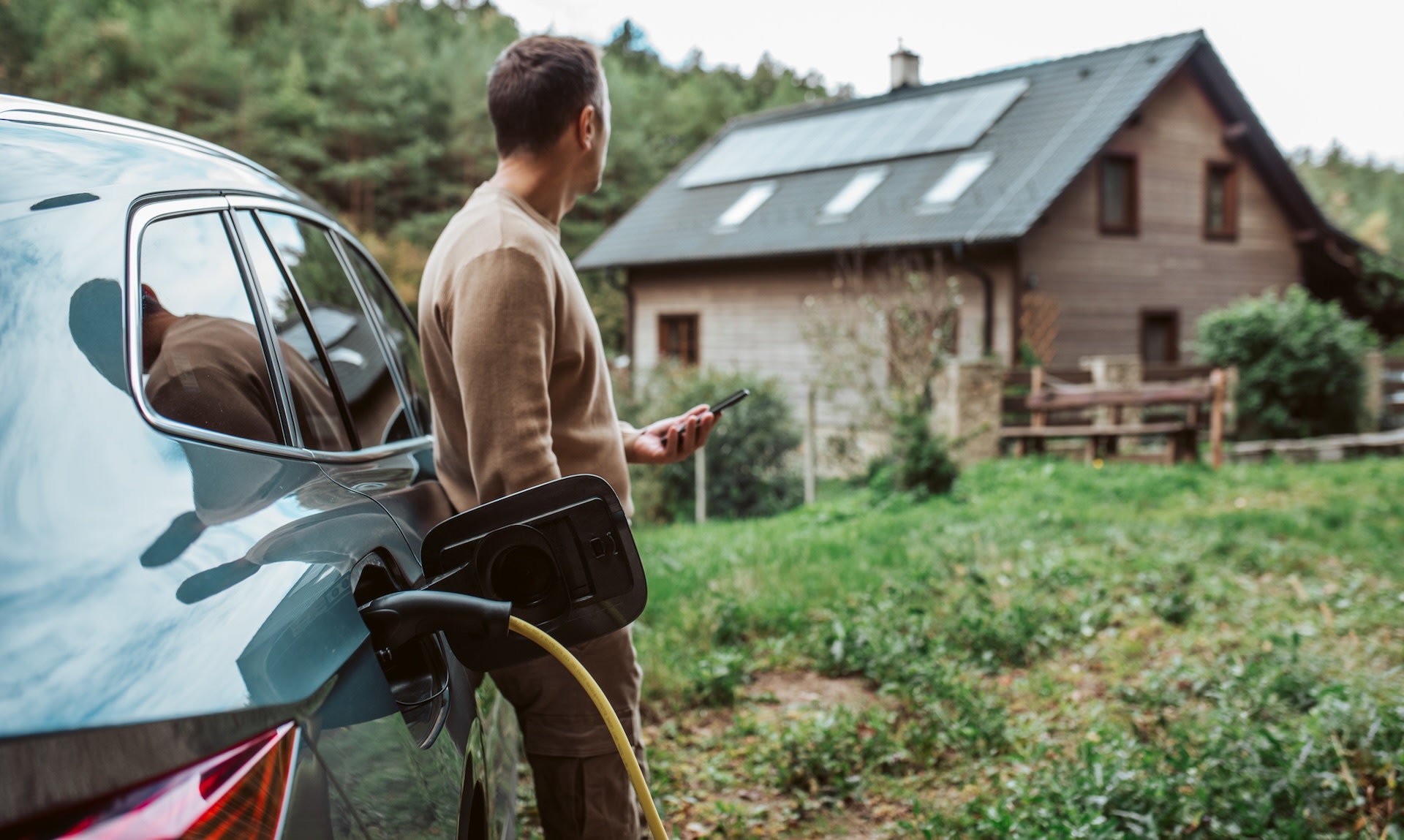Beyond the Brushstrokes: How Leonardo Da Vinci's Genius Foreshadows Modern Drone Tech

Leonardo Da Vinci, the Renaissance polymath, is celebrated for his artistic masterpieces and groundbreaking inventions. But did you know his meticulous observations and innovative designs laid the groundwork for technologies we use today, particularly in the realm of drone technology? This article explores the surprising parallels between Da Vinci's visionary sketches and the sophisticated capabilities of modern drones, highlighting how his principles of observation, precision, and automated systems resonate with contemporary advancements.
The Aerial Visionary: Da Vinci's Ornithopters and Early Drone Concepts
Da Vinci’s notebooks are filled with detailed studies of birds and their flight patterns. Driven by a desire to understand and replicate natural flight, he designed various ornithopters – machines with flapping wings intended to mimic bird wings. While these designs never achieved sustained flight in his time, they demonstrated a remarkable understanding of aerodynamics and a fascination with aerial locomotion. His sketches reveal a keen eye for detail, meticulously documenting wing shape, muscle movement, and the principles of lift and drag – all crucial elements in modern drone design.
Precision and Observation: The Foundation of Drone Navigation
Da Vinci's approach to engineering was rooted in meticulous observation and precise measurement. He believed in understanding the underlying principles before attempting to build. This philosophy is directly applicable to modern drone technology. Today's drones rely on incredibly precise geolocation data, using GPS and other sensors to navigate complex environments. Da Vinci's emphasis on accuracy and detailed documentation mirrors the importance of sensor calibration and data processing in drone operation. The ability to identify and track objects, a core function of many drones, can be seen as an extension of Da Vinci's careful observation and documentation of the natural world.
Automated Systems & Control: A Renaissance Precursor to Autonomous Flight
While Da Vinci's machines weren't 'autonomous' in the modern sense, his designs often incorporated mechanical linkages and automated control systems. Consider his mechanical knight, a precursor to robotics. The principles of mechanical control and programmed movement he explored are echoed in the sophisticated flight controllers that govern modern drones. Today's drones utilize complex algorithms and sensors to maintain stability, avoid obstacles, and execute pre-programmed flight paths – a direct descendant of Da Vinci’s exploration of automated systems.
Modern Applications: Da Vinci's Legacy in the Skies
The influence of Da Vinci's thinking extends far beyond artistic endeavors. Modern drones are revolutionizing industries like agriculture, construction, delivery services, and search and rescue. Their ability to gather data, perform inspections, and deliver goods efficiently is transforming how we operate. From aerial photography and surveying to infrastructure monitoring and environmental conservation, the applications of drone technology are vast and continue to expand.
Looking Ahead: The Future of Drone Technology and Da Vinci's Enduring Inspiration
As drone technology continues to evolve, with advancements in artificial intelligence and machine learning, we can expect even greater levels of autonomy and sophistication. Da Vinci’s relentless pursuit of knowledge, his dedication to precise observation, and his willingness to challenge conventional thinking serve as a powerful inspiration for innovators in the field. His legacy reminds us that groundbreaking innovation often stems from a deep understanding of the natural world and a commitment to pushing the boundaries of what's possible.
List of Partners (vendors) - *Note: This section would typically include a list of companies involved in drone technology development and manufacturing. Due to the nature of the prompt, a specific list is not provided here.*






